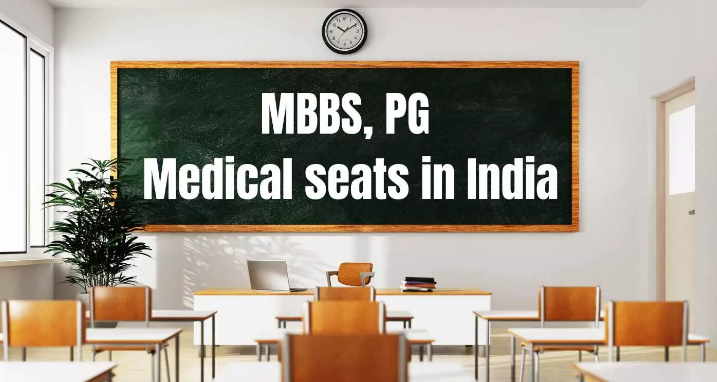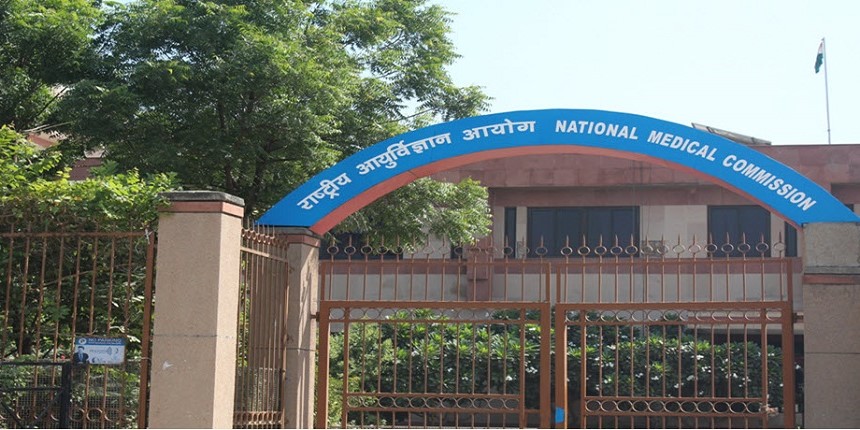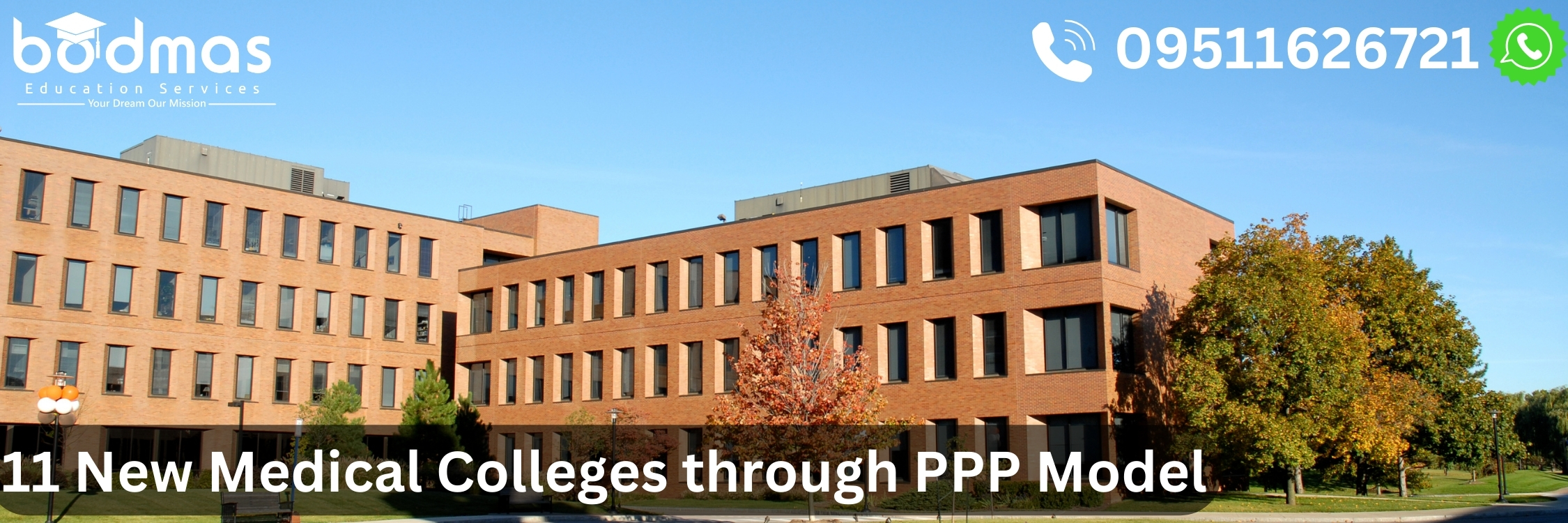Boosting UG Medical Education in India: 50 New Medical Colleges Approved
In an important development for India’s undergraduate medical education, 50 new medical institutions have been approved this year. These colleges, which are made up of 20 private and 30 public institutions, have a staggering 8,195 MBBS seats available for admission. According to official statistics, the nation now possesses a significant 1,07,658 undergraduate medical seats as a result of this most recent growth.
Opening Up Medical Education to More People
The development of these 50 new medical institutions has improved the state of healthcare in numerous Indian states. Telangana, Rajasthan, Tamil Nadu, Odisha, Nagaland, Maharashtra, Assam, Karnataka, Gujarat, Haryana, Jammu & Kashmir, West Bengal, Uttar Pradesh, and Madhya Pradesh are just a few of the different places where recognised institutions can be found. This extensive dissemination attempts to close the knowledge gap between the need for healthcare professionals and the available resources by providing qualified instruction to aspirant medical students across the nation.
Taking on the Issues
At a time when medical aspirants in India have voiced worries over the derecognition of numerous existing institutions, the number of medical colleges and MBBS seats has recently increased. 38 medical colleges across the nation have had their recognition revoked by the Under-Graduate Medical Education Board of the National Medical Commission (NMC) during the past two and a half months for allegedly not upholding the required standards. Additionally, 102 other medical institutions have received show-cause notifications indicating the need for quick correction and adherence to quality standards.
Safety Monitoring and Compliance
The UG board of the NMC’s inspections revealed a number of shortcomings and shortfalls in the colleges that were denied recognition. During these inspections, a number of flaws were found, including a lack of adherence to established standards, issues with CCTV cameras, biometric attendance methods linked to Aadhaar, and inconsistencies with faculty rolls. To guarantee that students receive high-quality healthcare education, it is essential for schools delivering medical education to uphold strict requirements.
Impact of Government Initiatives
The Indian government has actively increased the number of medical institutions, which has consequently increased the number of accessible MBBS seats, in an effort to address the nation’s physician deficit. As of right now, there are 660 medical colleges, up from 387 in 2014 [3]. This is a tremendous 71% increase. Additionally, the number of MBBS seats has increased by an astonishing 97%, from 51,348 in 2014 to 101,043 now. Particularly noteworthy are the government medical colleges (GMCs), which provide 52,778 seats, and the private medical colleges, which provide 48,265 seats.
Future Opportunities and Benefits
The opening of these 50 new medical colleges increases the ability to educate future physicians while also providing a wide range of opportunities for those who want to pursue a career in medicine. The considerable increase in undergraduate medical seats enables more students to pursue their aspirations of becoming medical professionals, strengthening the nation’s entire healthcare system.


























